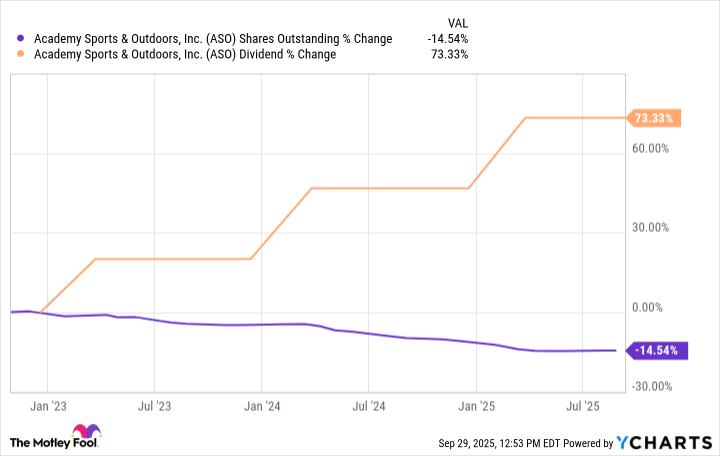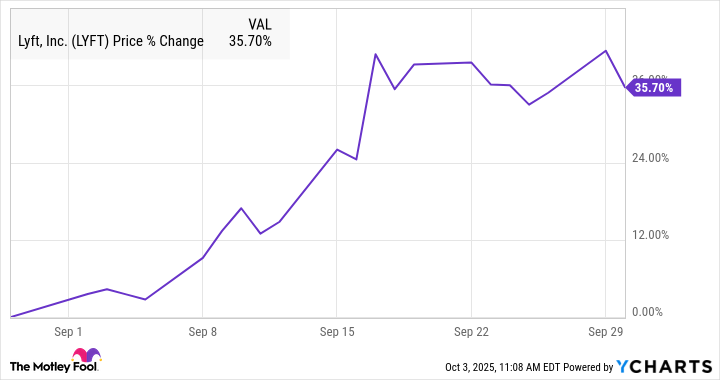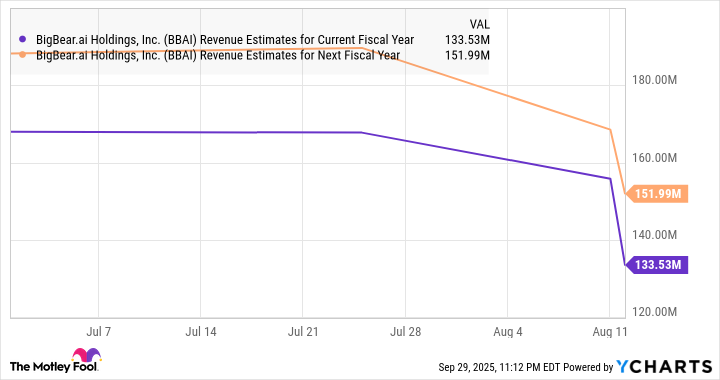Claiming Social Security Spousal Benefits? 3 Misunderstandings You Need Clarity On.
It’s important to know the ins and outs of this often-confusing aspect of Social Security.
There are certain benefits to being married in retirement. For one thing, it’s nice to have somebody’s company at a time when you’re not working and may find yourself getting lonely and bored.
Retirement is also a time when a lot of people try to ramp up on travel. And it can be more enjoyable to have a travel partner than to take your dream trips on your own.

Image source: Getty Images.
When it comes to the financial side of retirement, being married also has its advantages. If you and your spouse each have some savings, you can pool your resources for a larger income.
Plus, if you’re married, it could mean that you’re eligible to receive spousal benefits from Social Security. And that extra money could come in very handy. But if you’re looking to claim spousal benefits from Social Security, it’s important to understand the ins and outs. Here are three misunderstandings you must get to the bottom of if you think spousal benefits are something you’ll end up filing for.
1. You can only claim spousal benefits if you’re married
You may start off retirement as a married couple only to decide to dissolve your relationship a few years down the line. Sometimes, too much togetherness can unveil differences that are just too difficult to overcome.
You might assume that if you get divorced, you won’t be eligible for Social Security spousal benefits. But if you were married for at least 10 years before that divorce, and you’re not remarried, then those spousal benefits should still be on the table.
2. You can only claim spousal benefits if you didn’t work
The nice thing about Social Security is that it will pay spousal benefits to people who didn’t work. But even if you did work, you may still be eligible for spousal benefits.
Let’s say you worked enough to qualify for Social Security, but your wages were much lower than your spouse’s. If the spousal benefit you’re entitled to is greater than the benefit you’re entitled to based on your own earnings record, then you’ll get that spousal benefit.
However, if your personal benefit is the larger number, that’s what Social Security will pay you. This system is more than fair, as it basically allows you to collect whichever benefit puts the most money in your pocket each month. The only thing you can’t do is double dip by collecting a spousal benefit plus your own benefit at the same time.
3. You can grow your spousal benefits by delaying your Social Security claim
If you’re claiming Social Security on your own wage history, there’s an upside to delaying your claim past full retirement age, which is 67 for anyone born in 1970 or later. For each year you do, until you turn 70, your monthly benefit gets a permanent 8% boost.
But when you’re claiming spousal benefits, there’s no sense in delaying past full retirement age. That’s because you can’t grow a spousal benefit the same way you can grow a benefit based on your own earnings record.
Social Security spousal benefits max out at 50% of what your spouse is eligible for at their full retirement age. If you claim them before reaching your full retirement age, they’ll be reduced. But they also can’t grow beyond 50% of what your spouse gets at their full retirement age.
You may end up relying on Social Security to provide quite a bit of your retirement income. So it’s important to understand how the program’s spousal benefits work, especially since they can differ from how regular retirement benefits work. Knowing the rules inside and out could prevent you from making a big mistake you regret later on.





































